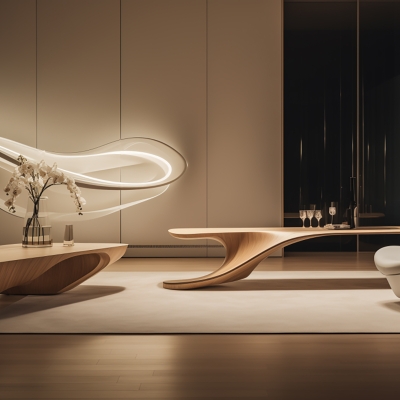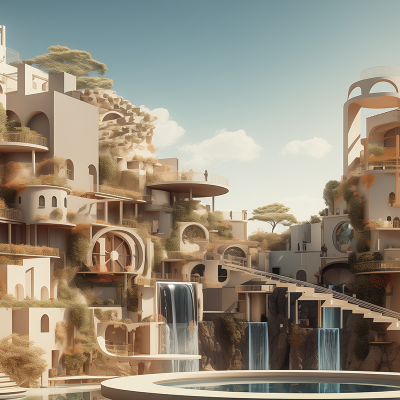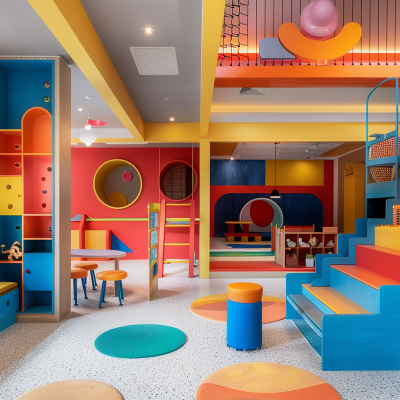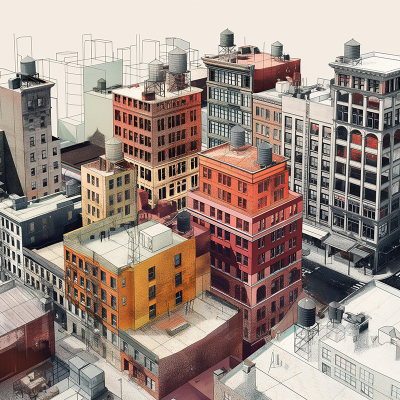Part 1 THE AI DEEP DIVE - Tools of Design
2023.06.20
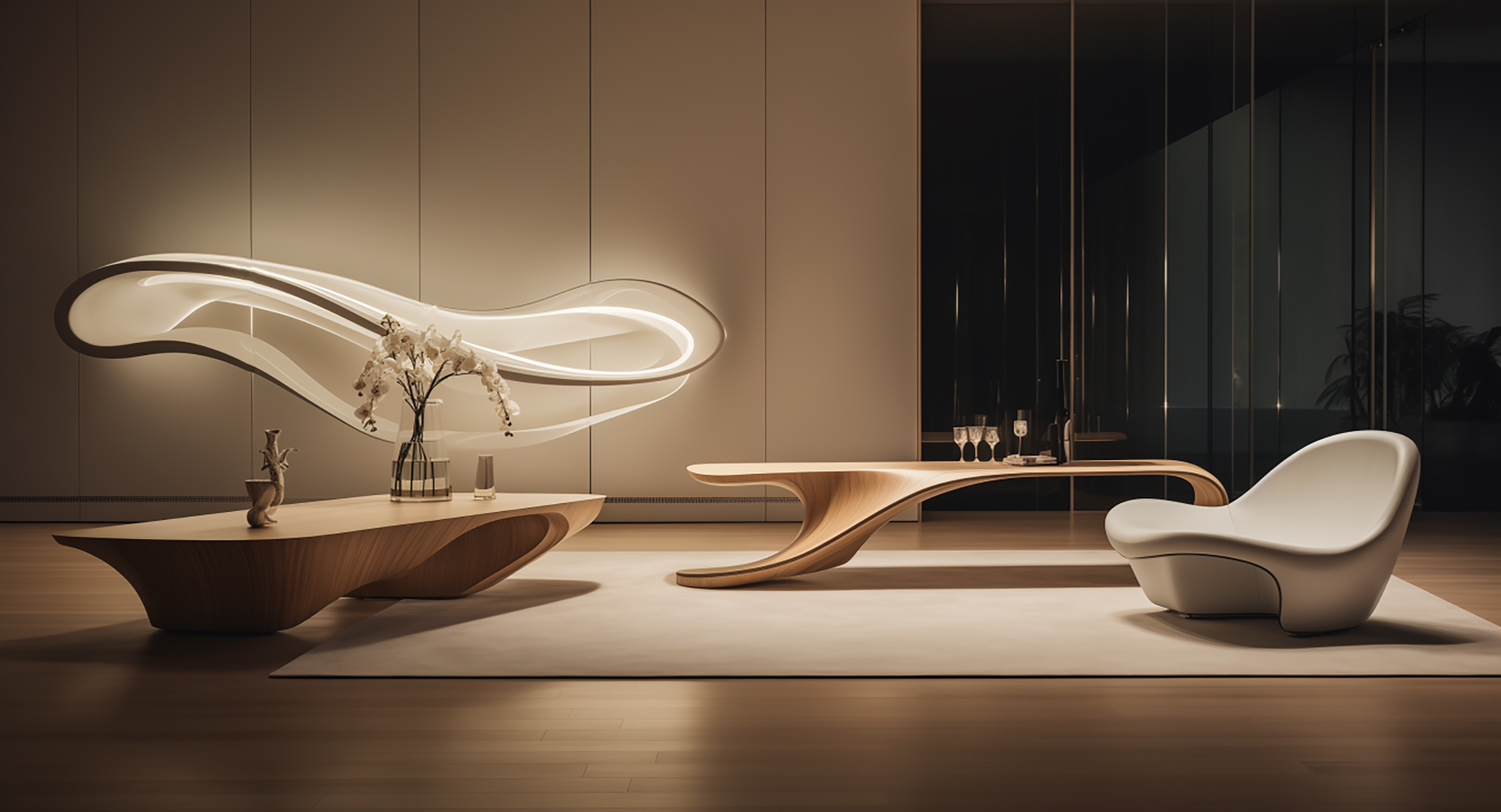
A new wave of AI-generated design is transforming architecture. Artists and architects are pushing the boundaries of creativity with tools like DALL-E, Midjourney, and Stable Diffusion, which generate surreal and hyper-realistic architectural visualizations from basic text prompts.
These tools make architectural representation more accessible to develop while pushing the boundaries in terms of imagination and materiality. They can also assist with design exploration, concept development, and generating variations.
However, due to limitations in their underlying learning models they are currently only capable of creating sources of inspiration rather than providing precise final designs.
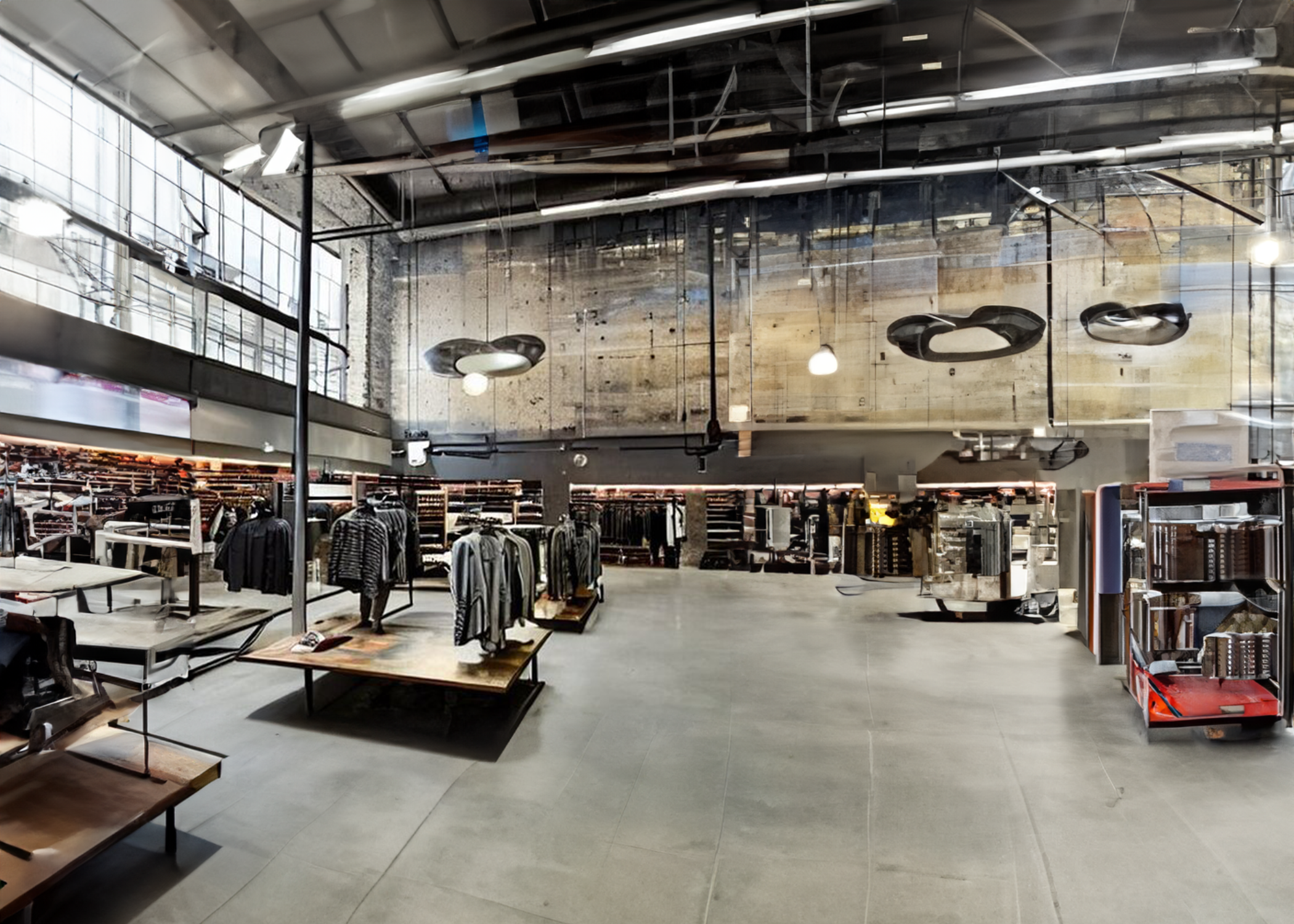
Over the past decade, parametric design has proven itself as a valuable tool for generating innovative architectural solutions that respond to multiple complex constraints. By juggling carefully modulated inputs, parametric models can quickly iterate to allow designers to evaluate a series of proposals that respond to the provided data set.
Artificial Intelligence design has the potential to vastly increase the sophistication and quality of these solutions by seamlessly accessing and integrating a much broader range of precedents, code requirements, and aesthetic inspiration into its creative output.
The challenge with AI design in its current form is that it does not easily allow for incorporation of the precise data that drives parametric models, resulting in solutions that may appear believable at first glance, but are entirely unresolved when scratching below the surface. Text-based AI like ChatGPT is notorious for generating these very believable "hallucinations" which have no basis in reality.
A convergence between AI and parametric designs would automate the generation of aesthetically pleasing and sustainable design while allowing for adaptive refinement of parameters in terms of real-world site conditions and variables.
By juggling carefully modulated inputs, parametric models can quickly iterate to allow designers to evaluate a series of proposals that respond to the provided data set.
By leveraging AI capabilities within the reality-checking context of parametric design, architects would have access to sophisticated algorithms capable of analyzing vast amounts of data and generating design options that go beyond the limits of pre-selected data sets. This technology could enhance the decision-making process by evaluating factors such as energy efficiency, structural integrity, material use, ease of de-construction and occupant comfort.

The synergy between AI and parametric design could empower architects to optimize building performance, minimize environmental impact, and create more responsive and context-sensitive designs.
As it stands, the complexity and opacity of AI creative models make it challenging for users to comprehend the specific decisions and creative choices made in the background. When AI creates art, it involves training deep learning models on vast amounts of data to learn patterns and correlations, but without much human intervention to confirm either the quality of the original data, or the accuracy of the generated connections.
The output from these processes may appear believable, but without an overseeing quality-control mechanism to evaluate each step of the decision-making, there is no way to trust the final product.
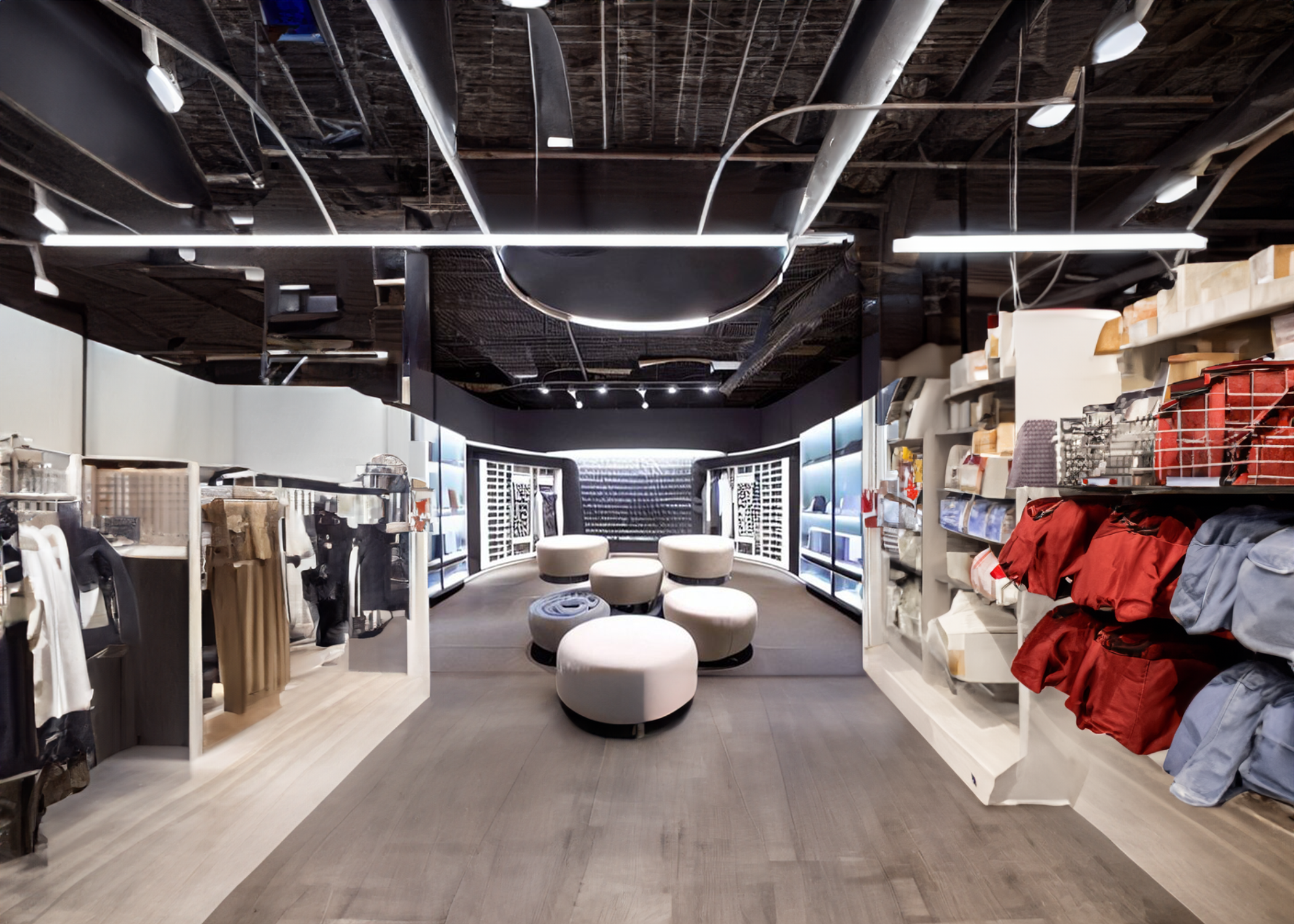
Without an overseeing quality-control mechanism to evaluate each step of the decision-making, there is no way to trust the final product.
This lack of transparency also raises questions about the authenticity, authorship, and interpretability of AI-generated design, challenging traditional notions of artistic processes, intuition, and intent.
For architects, creativity has always required a balance of technical understanding, regulatory knowledge, and visual expression. Without an integrated oversight mechanism, AI-powered design continues to offer innovative and inspiring visualizations but should be regarded as a supplement to human creativity at best and a tool for filling in gaps at its worst.



